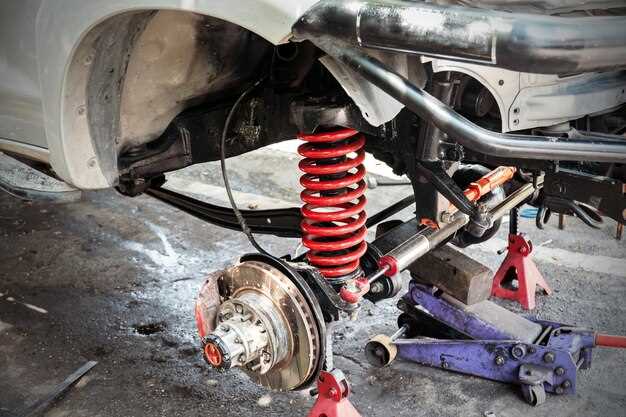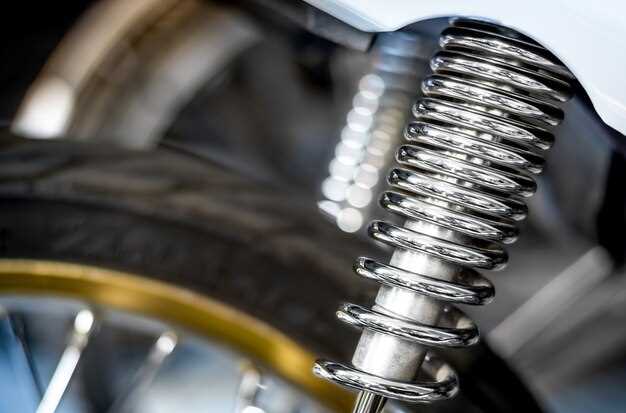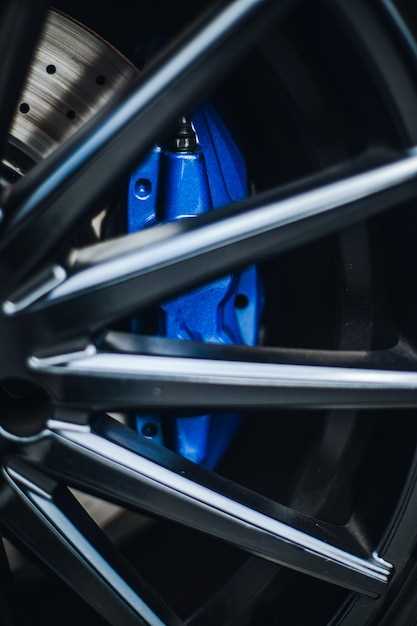
The evolution of automotive engineering has brought about significant advancements in suspension systems, allowing for a ride quality that balances comfort and performance. As enthusiasts seek to upgrade their vehicles, the challenge lies in enhancing suspension without compromising the car’s authentic style. Understanding the delicate interplay between aesthetics and functionality is key to achieving the desired results.
When it comes to suspension enhancements, one must consider the impact on the vehicle’s ride dynamics. A well-tuned suspension not only elevates ride quality but also ensures that the vehicle retains its original character. Achieving this harmony requires careful selection of components that blend seamlessly with the car’s design while improving handling and comfort.
In the pursuit of improved suspension, it is crucial to focus on maintaining the essence that defines the vehicle. By opting for upgrades that complement the existing style, enthusiasts can transform their ride into a more enjoyable experience without losing sight of what makes it unique. This article will explore various methods to enhance suspension while upholding the genuine flair that makes each car special.
Choosing the Right Suspension Components for Optimal Ride Quality
Selecting the appropriate suspension components is crucial for achieving the desired ride quality in any vehicle. The suspension system plays a vital role in absorbing shocks from the road, maintaining tire contact, and offering stability during movement. To enhance ride quality, consider various components such as shocks, struts, springs, and sway bars, each serving a unique function.
Shocks and struts are primary components that govern how well the suspension absorbs bumps and irregularities on the road. Selecting high-quality shocks can drastically improve ride comfort by providing better damping control. Look for options that offer adjustable settings, allowing customization of the ride to fit specific preferences and driving conditions.
Springs, including coil springs and air springs, significantly influence the vehicle’s height and overall handling. Choosing springs with optimal rates ensures that the suspension can effectively distribute weight while maintaining comfort. Softer springs may enhance comfort but can lead to poor handling during cornering, so finding the right balance is essential.
Sway bars, or anti-roll bars, help control body roll during sharp turns. Upgrading to a thicker sway bar can improve handling without sacrificing ride quality. Properly sized sway bars minimize excessive body lean, resulting in a more stable and enjoyable driving experience.
Also, consider the compatibility of these components with your vehicle’s profile and intended use. Factors such as weight, tire size, and driving style must align with the suspension components chosen to achieve optimal performance. Investing time in research and consultation with professionals can lead to a tailored suspension setup that enhances ride quality while maintaining the vehicle’s authentic style.
Balancing Aesthetics and Performance: Upgrading Without Compromise

Upgrading your vehicle’s suspension system can significantly enhance both driving dynamics and visual appeal. However, achieving a seamless balance between aesthetics and performance requires careful consideration of quality components and design principles.
Firstly, opting for premium suspension kits that integrate sleek designs while maintaining high functionality is crucial. Quality materials not only improve the overall appearance but also contribute to superior performance. For instance, a well-designed coilover system can lower the car’s stance, providing an aggressive look while enhancing handling capabilities.
Secondly, it’s essential to select suspension components that complement the vehicle’s original design. This means respecting the aesthetic identity of the car while integrating advancements that boost performance. Components like upgraded sway bars or shock absorbers should match the vehicle’s existing style, ensuring that any modifications look as intentional as they are functional.
Thirdly, suspension upgrades should be guided by intended use. For street performance, compatibility between quality visual upgrades and handling improvements is key. On the other hand, off-road enthusiasts might prioritize durability and reliability, which can also positively influence the vehicle’s aesthetic if designed thoughtfully.
Finally, involve a professional when selecting and installing upgraded suspension components. Expert insights ensure the chosen parts will provide the desired balance of style and function. By focusing on quality and cohesive design, upgrading your suspension can lead to an unparalleled driving experience without sacrificing aesthetics.
Maintenance Tips to Preserve Suspension Integrity and Style

To maintain the integrity of your suspension system and enhance your ride quality, regular inspections are essential. Check for any signs of wear or damage, such as leaks in shock absorbers or broken components. Addressing these issues promptly can prevent more significant problems down the road.
Cleaning your suspension components is another critical aspect. Dirt and debris can accumulate and affect performance. Use a gentle cleaner and a brush to remove buildup, ensuring that moving parts function smoothly without any hindrance.
Regularly lubricate pivot points and bushings to avoid excessive friction. This will preserve the suspension’s operational efficiency and reduce the risk of premature wear, which could compromise ride comfort and handling.
Inspect and adjust alignment settings to ensure even tire wear and maximize steering control. Misalignment can lead to an uncomfortable ride and stress the suspension system, ultimately affecting its longevity and performance.
Consider investing in quality aftermarket components that enhance both function and style. Upgrading to better springs or shock absorbers can significantly improve ride quality while preserving the vehicle’s aesthetic appeal.
Lastly, ensure that the load capacity of your suspension is not exceeded. Overloading can lead to deformation and eventual failure of suspension components, negatively impacting both safety and style. Maintaining proper loading limits will help sustain the efficiency and visual integrity of your suspension system.




